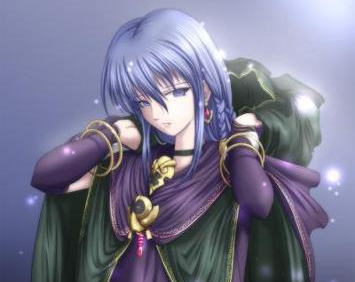Featured Articles/Pantheon of Tirr (Tirr Supplement)
 |thumb|400px|| Fate meeting in the Common Ground for the Pantheon of Tirr.]]
|thumb|400px|| Fate meeting in the Common Ground for the Pantheon of Tirr.]]
Revised 3rd edition supplement: Pantheon of Tirr
In a very real way, the war had very nearly brought the Pantheon of Tirr's gods to extinction. With time, controversy sprang up as a method of prevention was discovered: By binding their very beings to an oath, and to the organized court that it would create, such a terrible waste of life and potential would never again occur. This oath was called the Oath of the Pantheon, and all remaining members of the Pantheon uphold its terms, either out of interest for the greater good, or in order to preserve themselves.
The Oath, guarded and enforced by both Fate and Vanguard, keeps any and all deities who are bound to it restricted to the decisions of the Pantheon as a whole, which naturally did not sit well with all parties; Those who could not reconcile with the adaptation of the Oath became the Aesir, and were banished from the Deific Sphere in order to protect the plane, among other reasons too.
The Deities of the Pantheon gather together in a sub-plane of the Deific Sphere called Common Ground.
Arranged in this plane are a number of thrones. The center of the plane holds a great ornate table, which hosts four thrones of impressive size and adornment, meant to signify their status as the Major Thrones– two on each end of the longer sides of the table. While at the end of the table, between the two sides, resides a slightly greater throne, the High Throne. Elevated slightly to the others, it is the greatest throne present affording to the power of the one possessing it.
Circling these thrones are 13 smaller thrones, at eye level with the court thrones. These Lesser Thrones extend to each side of the court, at even distances, with the center opposite of the High Throne, and the ends of the semi-circle ending behind the Major Thrones closest to it. Beyond these thrones is a large barrier, which holds aloft larger, more populated seating. This is known as the Gallery, where minor deities and heroes come to rest and watch as the Court proceeds.